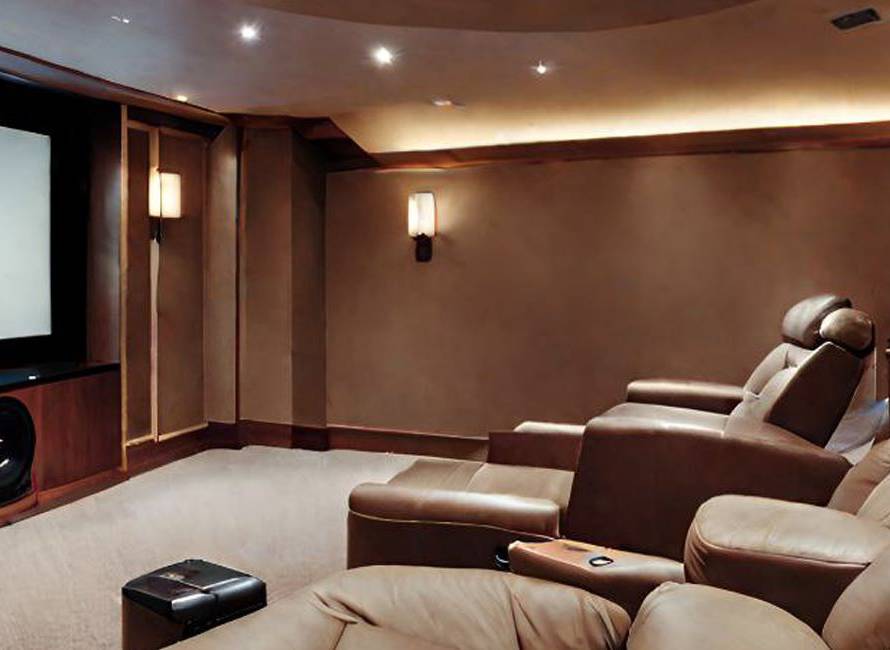Home Theater Projector Buying Guide
When you’ve decided to build your dream home theater, you must choose nothing but the best home theater projector system. But how do you do it? What features should you evaluate while purchasing a home theater projector? Read on to find answers to these questions and learn more.
A home theater projector system is a combination of projector and screen. A projector is placed on a table or mounted to the ceiling to project images. And the screen – free-standing, wall-mounted, or retractable – reflects the images projected.
Though projectors don’t come with built-in tuners such as one found in TVs, they have slots to connect DTH box, video game console, and more.
However, projectors have no good sound-producing device. So, you’ll have to connect the projector to a High-End Home Theater system.
Read: Where should I keep my Home Theater Subwoofer?
Today, you see a plethora of projector and screen in the market. Each model of projector and screen have their positives and negatives.
You have to keep in mind these key features before you choose the best projector for your home theater:
1. Image Resolution:
Projectors built for home theatres are all high-definition ones with full HD resolution of 1920*1080 pixels. More advanced Ultra HD projectors have 4096 * 2160-pixel resolution. The higher the resolution, the better the image viewing experience.
A pixel shifting projector is a special type that comes with 1920*1080 pixels resolution and supports a 4K video source. Though the image quality won’t be as high as the one projected by an original 4K projector, it will be better than the usual 1080p projector.
2. Contrast:
Picture contrast directly affects the picture quality. The contrast ratio of a projector is the difference between shades of the darkest black and brightest white.
Projectors such as Sony VPL-270ES 4K projector have a high contrast ratio display clear shades of an image. The darkness of the room also impacts the contrast of the picture. The best home theater projectors come with a contrast ratio of 3,000:1 or more, providing vibrant image quality.
3. Brightness:
A home theater projector’s brightness is ideally between 800 to 3200 lumens. When viewing movies in ambient room light, higher brightness is recommended. Also, when projection happens on a wall instead of a screen, it’s better to have higher brightness. When an image is projected on a screen, there is an optimal reflection of the brightness.
However, when an image is projected on a wall, the reflecting light reduces its quality, requiring higher projector brightness. Also, when viewing 3D movies, the 3D glasses tend to dim the visuals. So, it’s good to have projectors with better brightness.
4. Bulb life:
Like any other light bulb, projector bulbs also have an expected operating time, called lamp life. Lamp life value is expressed in hours and represents the number of hours before the lamp is half of its original brightness.
The expected life of a lamp will vary based on the lamp technology and the projector. Typically most projectors offer between 3000 to 4000 hours of life.
Along with these four features, you can also look out for projectors with wireless HDMI connection to avoid connection hassles.
Symphony 440 Design Group consultants have expertise in building the best home theatres in India. Reach out to us to get suggestion on buying the best projector for your home theater room.
Image Courtesy: Optoma





1 Comment
Bagu
There are many aspects to consider prior to purchasing the best projector. To begin with, you should know that DLP projectors are a lot different from LCD projectors
Comments are closed.